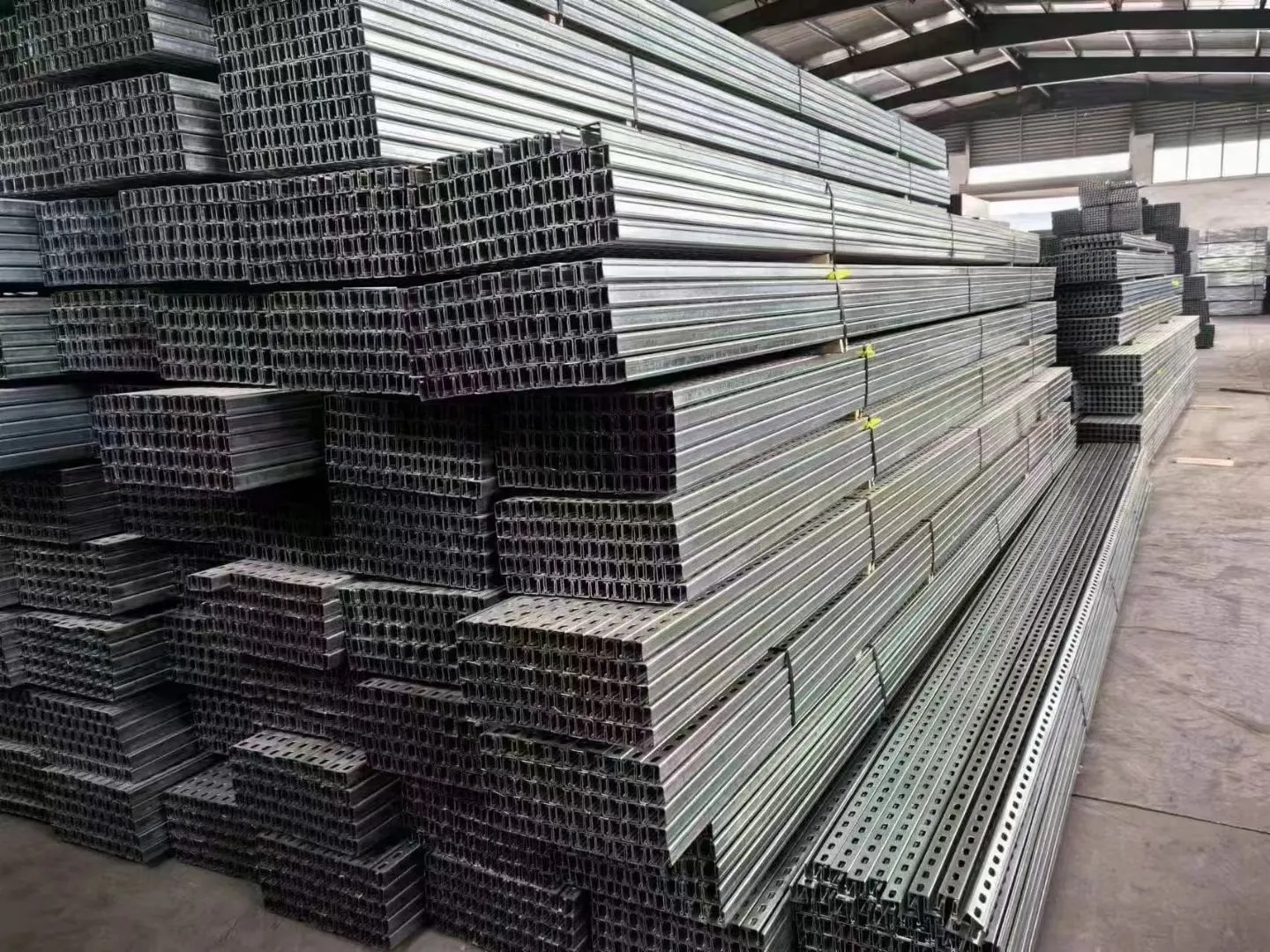

A Comprehensive Guide to A36 Structural Steel Bolts and Their Applications
अगस्त . 21, 2024 19:16 Back to list
A Comprehensive Guide to A36 Structural Steel Bolts and Their Applications
Understanding A36 Bolts Properties, Applications, and Benefits
A36 bolts are integral components in a variety of construction and manufacturing processes, known for their strength, durability, and versatility. As a type of carbon steel, A36 material is often utilized in structural applications due to its excellent weldability, machinability, and reliability. In this article, we will explore the properties, applications, and benefits of A36 bolts, shedding light on why they are a preferred choice in many industries.
Properties of A36 Bolts
A36 bolts are made from A36 steel, which complies with the ASTM A36/A36M standard. This specification defines the chemical composition and mechanical properties of A36 steel, making it suitable for structural use. The yield strength of A36 steel typically falls between 36,000 to 44,000 psi, while its tensile strength ranges from 58,000 to 80,000 psi. This ensures that A36 bolts can withstand significant loads without deforming or failing.
In terms of chemical composition, A36 steel comprises carbon, manganese, phosphorus, sulfur, and silicon. The controlled levels of these elements contribute to the overall mechanical properties, enhancing the bolt's performance in various environments. Additionally, A36 steel is characterized by its good ductility, which allows it to be shaped and forged into various configurations without cracking.
Applications of A36 Bolts
A36 bolts are utilized in a broad range of applications across several industries. One of the most common uses is in the construction sector, where they are employed to connect structural steel components in buildings, bridges, and other infrastructures. Their high strength-to-weight ratio makes them an ideal choice for supporting heavy loads and ensuring the stability of structures.
Moreover, A36 bolts are favored in the manufacturing industry for fastening machinery and equipment. They are often found in assemblies that require reliable joints that can endure vibration and dynamic stresses. These bolts are also used in fabricating steel frames, tanks, and other storage solutions, contributing to the overall integrity and safety of the structures.
a36 bolts

Benefits of A36 Bolts
The use of A36 bolts offers numerous benefits. Firstly, their excellent weldability makes them easy to integrate into various assembly processes. Welded connections are often stronger than bolted ones, which is vital for applications where joints must withstand intense mechanical stress.
Secondly, the cost-effectiveness of A36 bolts contributes to their popularity. A36 steel is relatively inexpensive compared to other high-strength materials, allowing manufacturers and builders to keep production costs low without compromising quality.
Additionally, the availability of A36 bolts in various sizes, lengths, and configurations enables customization for specific project requirements. Whether it is a construction project requiring large diameter bolts or a smaller machinery application, A36 bolts can be tailored to meet diverse needs.
Lastly, the durability of A36 bolts is a significant advantage. They exhibit excellent resistance to fatigue and can perform well in various environmental conditions, making them suitable for both indoor and outdoor applications.
Conclusion
In summary, A36 bolts are a cornerstone of structural and manufacturing applications due to their impressive mechanical properties, versatility, and cost-effectiveness. From supporting large-scale construction projects to securing machinery, their role is critical in ensuring safety and reliability. As industries continue to evolve, the demand for A36 bolts will likely remain strong, solidifying their status as a vital component in engineering and manufacturing processes worldwide.
Latest news
-
Hot Dip Galvanized Bolts-About LongZe|High Strength, Corrosion Resistance
NewsJul.30,2025
-
High-Strength Hot Dip Galvanized Bolts - Hebei Longze | Corrosion Resistance, Customization
NewsJul.30,2025
-
Hot Dip Galvanized Bolts-Hebei Longze|Corrosion Resistance&High Strength
NewsJul.30,2025
-
High-Strength Hot-Dip Galvanized Bolts-Hebei Longze|Corrosion Resistance&High Strength
NewsJul.30,2025
-
Hot Dip Galvanized Bolts-Hebei Longze|Corrosion Resistance&High Strength
NewsJul.30,2025
-
Hot Dip Galvanized Bolts - Hebei Longze | Corrosion Resistance, High Strength
NewsJul.30,2025

